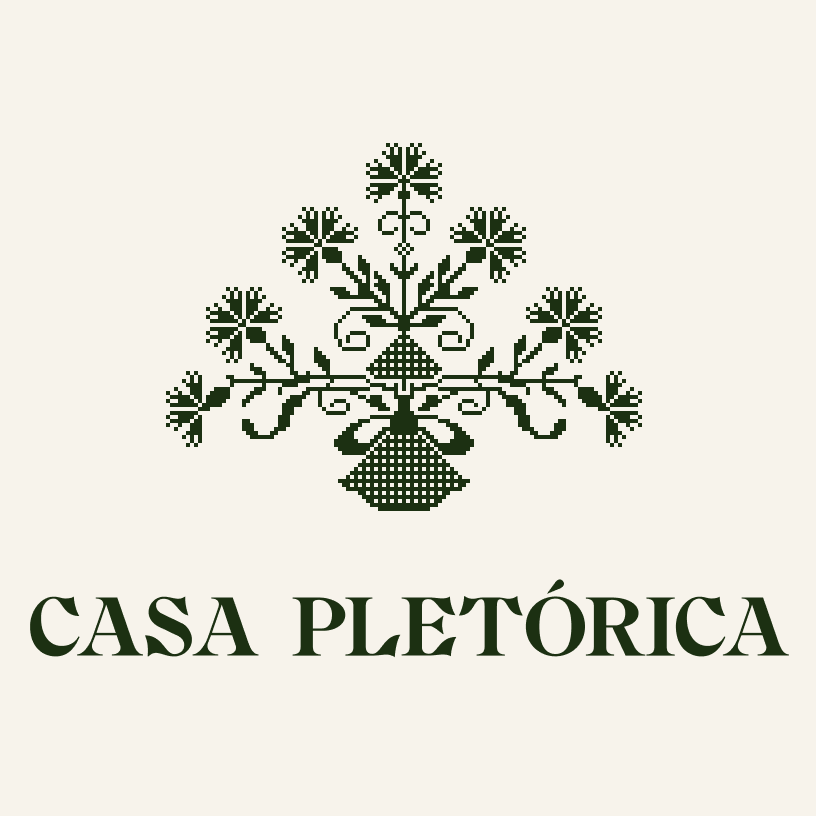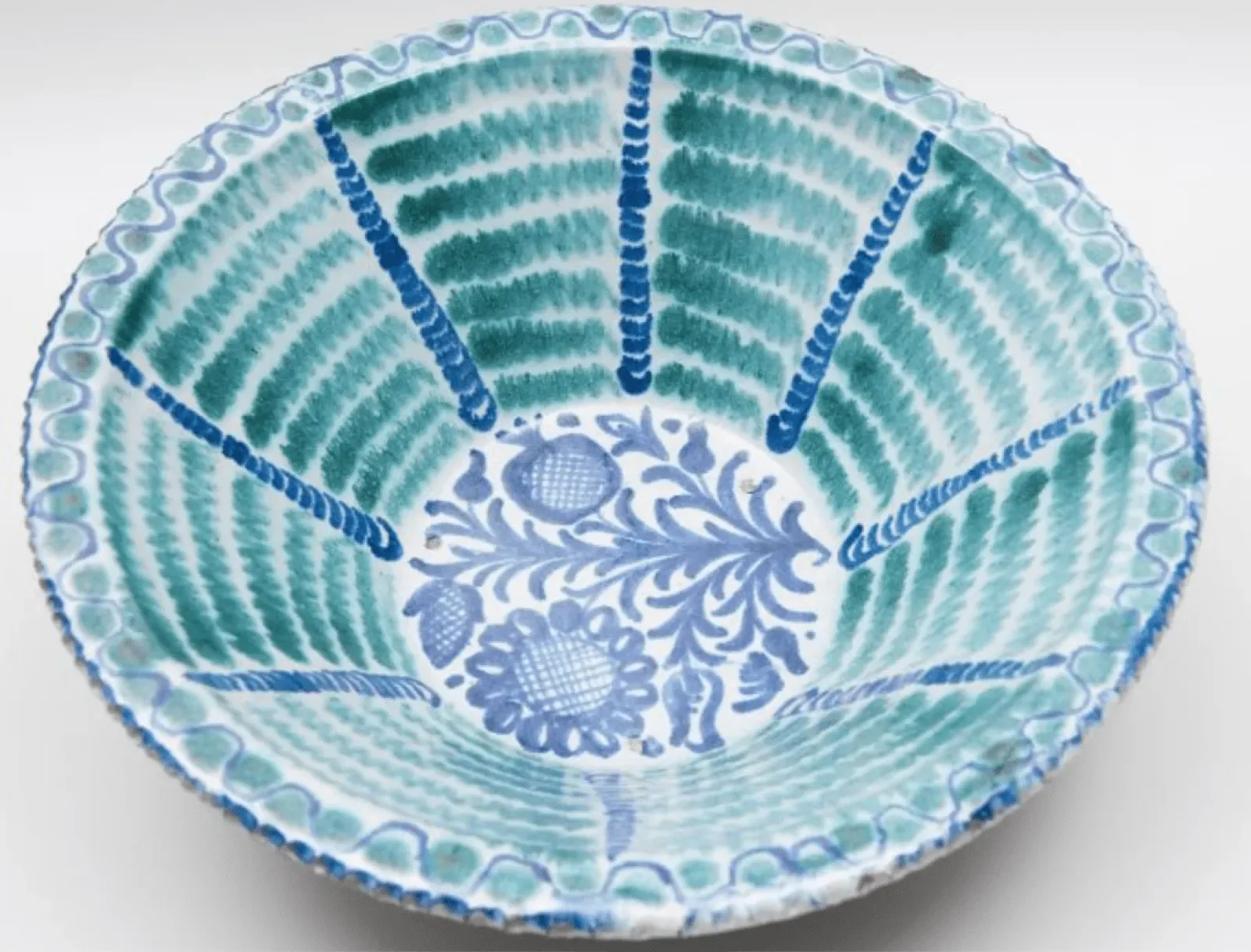Blog
Decorating with Lebrillos in A Sitting Room
It all begins with an idea. Maybe you want to launch a business. Maybe you want to turn a hobby into something more.
How to Hang Your Decorative Plates or Bowls on the Wall
It all begins with an idea. Maybe you want to launch a business. Maybe you want to turn a hobby into something more.
Lebrillo Bowls Decorate This Lush Courtyard in Ronda
It all begins with an idea. Maybe you want to launch a business. Maybe you want to turn a hobby into something more.





















